Latest article

Characteristics and classification of surfactants
Surfactants refer to certain organic compounds that are not only soluble in water or other solvents, but also oriented at the phase interface and can change the properties of the interface I. They gen…
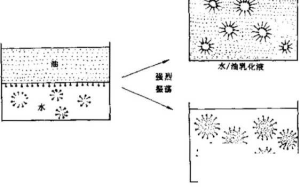
Properties and applications of surfactants
The properties of matter are determined by their molecular structure. Surfactant molecules have an asymmetric amphiphilic structure, that is, the molecular structure of all surfactants contains long n…
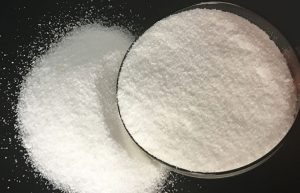
Introduction of anionic surfactant alkylbenzene sulfonate TPS
Strictly speaking, soap is also an anionic surfactant, but it has been customarily divided into two categories with synthetic surfactants, so this article will not discuss it. Synthesis problem Alkylb…
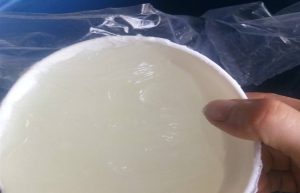
Anionic surfactant fatty alcohol polyoxyethylene ether sulfate AES
Anionic surfactantFatty alcohol polyoxyethylene ether Sulfate (AES) uses C12~C14 coco alcohol as raw material. Sometimes C12~C14 alcohol is also used to condense with 2~4 mol ethylene oxide. Further a…
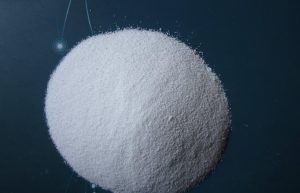
Anionic surfactants secondary alkanes sulfonates and alpha-olefin sulfonates
Secondary Alkane Sulfonate (SAS) Anionic surfactantsSecondary alkanesulfonates are relatively new productsSurfactants . It is produced by reacting sulfur dioxide and air with C12~C14 n-alkanes. This r…
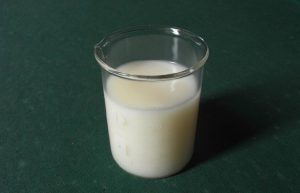
Kain Industrial Additives: Advantages and Disadvantages of Silicone Defoamer and Emulsion Defoamer
Silicone defoamer is a white, viscous emulsion. It has been used in various industrial fields since the 1960s, but its large-scale and comprehensive rapid development began in the 1980s. As a silicone…
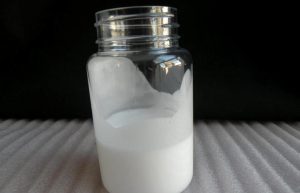
Introduction to nonionic surfactant-emulsifier AEO series
Fatty alcohol polyoxyethylene ethers, also known as alcohol ethoxylates, are the fastest growing and most commonly used types of nonionic surfactants. It has developed extremely rapidly in recent year…
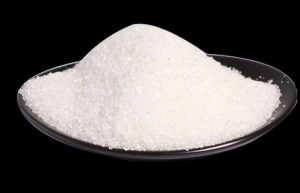
Kain Chemical: The unspeakable secret of fumed silica and coatings
Whether the coating is good or not, fumed silica plays a very important role. Fumed silica (fumed silica) can not only be used as a rheological additive and dispersant in paints and coatings, but also…
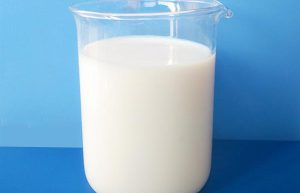
What is the difference between water-based epoxy resin and oil-based epoxy resin?
Water-based epoxy resin is a material often used for laying floors in large areas such as sports fields. The same is true for ordinary oil-based epoxy resin, so many friends A question arose, what is …
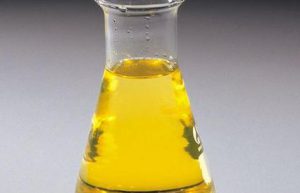
Kain Industrial Additives: How to choose a suitable reverse osmosis scale inhibitor
Many factories use reverse osmosis scale inhibitors because they can increase water production and water quality, thereby reducing costs. However, many people do not know how to choose reverse osmosis…


